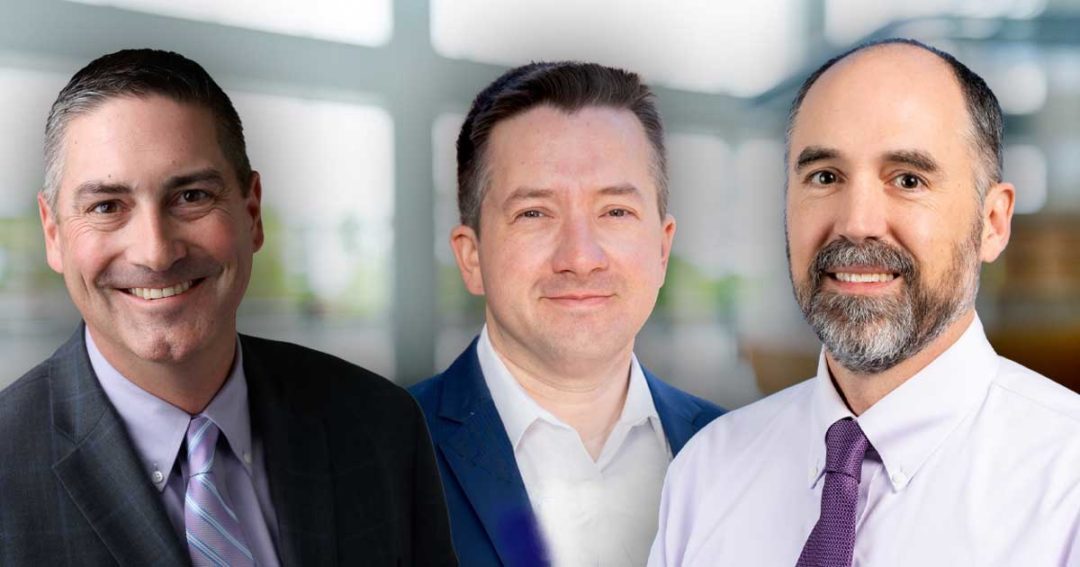
How to identify future leaders
Look within to build the next generation of executives and managers.
Every so often, Brad Barnes asks himself this question: If I retired, took a new job, or walked away from my role as chief financial officer (CFO) at Air Academy Credit Union, what would happen?
“I feel like I would have left the credit union in a bad spot,” says Barnes, who’s been at the $915 million asset credit union in Colorado Springs, Colo., for 24 years. “There are enough things on my plate that I haven't shown someone else yet.”
How can he get rid of that feeling? By ensuring the credit union has a group of employees ready to take on leadership roles, passing along “that organizational DNA and setting the organization up to not miss a beat when somebody else takes over,” he says.
Where will the next generation of leaders come from?
Sometimes they come from outside the credit union, or even outside of the movement.
Brian Fassett wants to avoid this path by building an in-house leadership development program.
“A few years ago, our CEO and CFO retired, and we ended up hiring from the outside for both of those roles,” says Fassett, director of learning and development at $2 billion asset Advantis Credit Union in Portland, Ore. “Our current CEO believes one of the ways we can gauge the success of our new leadership program is if we’re able to promote from within the next time we have an open leadership position. We want to grow leaders from within.”
So, Advantis built an 18-month leadership development program that will be available to all their managers rooted in 10 leadership competencies selected by their current leaders.
Across the industry, credit unions are focusing on internal leadership development. To do so, current leaders must identify staff members who show promise as people leaders. It’s not just about individual performance, says Jon Sexton, senior vice president of culture and leadership development at $1.1 billion asset Vibrant Credit Union in Moline, Ill.
“Great influencers know it’s about helping other people perform well, and helping people feel like there's meaning associated with their job,” Sexton says, noting that Vibrant identifies high-potential leaders by their willingness to go above and beyond. “There’s no job that isn't in their job description. It's whatever needs to be done.
“They also bring contagious energy,” he continues. “When people provide an emotional boost, spark a team, or improve how people feel at work, that suggests they will perform well as a people leader.”
Vibrant’s culture allows staff to demonstrate those qualities. The credit union also offers volunteer opportunities and social events that allow employees’ personalities and work ethic to come to the fore.
Leadership development courses allow Vibrant’s current leaders to identify staff who take initiative in their own development.
Once a staff member shows dynamic leadership qualities, the training process begins. However, as training—or as an individual’s career—progresses, Sexton stresses that the leadership path isn’t for everyone.
“It’s OK to ask, ‘Is this really what you want to do?’” he says. “Sometimes people pursue leadership because they think that's the only way to grow in their career. It’s about helping folks understand, ‘You might think you need this, but it's making you miserable.’ The opportunity to grow can be defined in a lot of ways.”